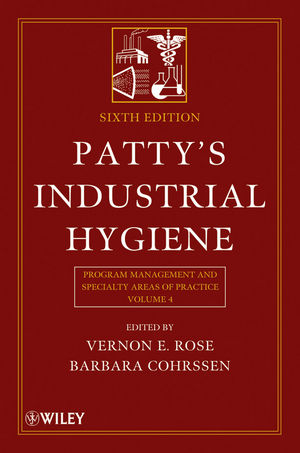
I am a professor of Industrial-Organizational psychology and a business consultant. I have an active interest both in generating research-based, reliable and valid knowledge, and in applying that knowledge to practical problems in the workplace. Thought leaders in Industrial-Organizational psychology generally say they subscribe to a “scientist-practitioner model”, which values both the research (to discover the knowledge) and the application (to put it to use). But as a practical matter, science and practice do not always mesh as comfortably as we might hope or expect, and many scientists and many practitioners are one, but not the other.

Worlds apart
It seems pretty clear that the aims of the academic world and the business world are not identical. Indeed, at times they can appear vastly different. Academic research is published in scholarly journals, sources that are read mainly by other scholars with similar interests. Academic-written, scholarly articles published in academic journals are judged by other academics on the bases of their scientific rigor, their contribution to theory, and their likelihood of leading to further productive research.Even in a field like Industrial-Organizational psychology, where research-based knowledge has such obvious applicability to the real world, research articles are judged only minimally on their practical significance, their “usefulness” in the real world.
Rather, editors and reviewers ask, “are the results statistically significant, were the proper tests run, have alternative explanations for the results been ruled out, can the findings be replicated, are there clear theoretical implications”, etc., etc.
Science is notoriously conservative, and one can argue, with good reason. But the reality is that the academicians who publish the basic research findings are largely writing for each other, and for the most part they teach their graduate students to do the same. The top professional association for Industrial- Organizational Psychologists (SIOP) has long identified the need for researchers in the field to make their findings more relevant and more accessible to the business world “out there”. Many academic researchers are in a kind of closed academic loop, and are short on real-world experience.
Let’s get real
In the real world of the practicing business manager, the focus is on “the best available idea that works”. Such ideas are often drawn from the manager’s personal experience, the anecdotal experience of others, pop management books, magazines or industry journals, or advice from their consultants (much of which is also impressionistic, and drawn from the same sources as the manager’s ideas — many consultants also lack a grounding in behavioral science).Great if there happens to be scientific support for the “solution” to be imposed, but the ideas that are put into practice are not often drawn directly from the aforementioned scholarly journals. Business managers are much more likely to read trade journals and popular management books (like “Good to Great,” “Who Moved My Cheese,” “One-Minute Manager”) than “top” academic journals that publish cutting-edge research (like theJournal of Applied Psychology or Personnel Psychology). The ideas that are drawn from scholarly sources are likely to be vintage, “recycled” material, rather than cutting edge.
Who has not experienced training classes that featured Maslow’s Hierarchy, or the Accident Pyramid, presented as “the latest and greatest”? Again, many practitioners lack the science background, but they daily uncover and wrestle with the practical problems which science should study and help them address.
A relevancy check
Organizational researchers don’t much focus on surviving the down economy, talent retention and succession planning, employee engagement, healthcare costs, or any of the other issues that keep practicing managers and their HR departments up at night. Indeed, these are the very issues which recent surveys of HR professionals and practicing managers indicate they are most concerned with. Presumably, these are the issues for which they seek the wise counsel of internal and external consultants. Where are those consultants getting the advice that they purvey to the client with a real need? Not much from the research of organizational scientists, it would appear!Recognizing the disconnect, there is a current call from the academic side for managers to employ so-called “evidence-based management”, that is, business strategies that in fact draw on the best behavioral science. But how to get there from here?
Providing translations
I believe it is the job of the behavioral scientist to translate science into practice, much more than it is the job of the practitioner to contribute to (or even to make sense of) the science. I think academicians who are interested in making a positive difference can effectively translate their science into practice if they will step away from the jargon of the academy and learn the issues and language of the businesses they aim to help.They can translate their science into practice if they realize that while “significant at the .01 level” may be required for scholarly publication, “works pretty well, and better than the alternatives” may be all that is required in the field; what managers confronting a critical issue can’t do is “wait until all the data are in”. More and more graduate programs in Industrial- Organizational psychology are urging, and even requiring their students to get deep and meaningful real-world experience as part of their education — a good thing indeed.
I am going to conclude by pattingISHNand much of the EHS community on the back, and deservedly so. I believe the critically important area of workplace safety, about which readers of this journal obviously care deeply, is one clear counterpoint to the gulf identified above.
In our shared area of interest, I do not see the yawning gap between those who generate the ideas and those who apply them. I think we are a benchmark example of how evidence-based management can thrive.
True scientist-practitioners are to be found in the ranks of the safety experts whose thoughts grace these pages. Many of the contributors toISHNshow by personal example that scientist and practitioner can indeed coexist in the same skin. They translate regularly their science into practice, and let their practice inform their science, to the benefit of both domains.


